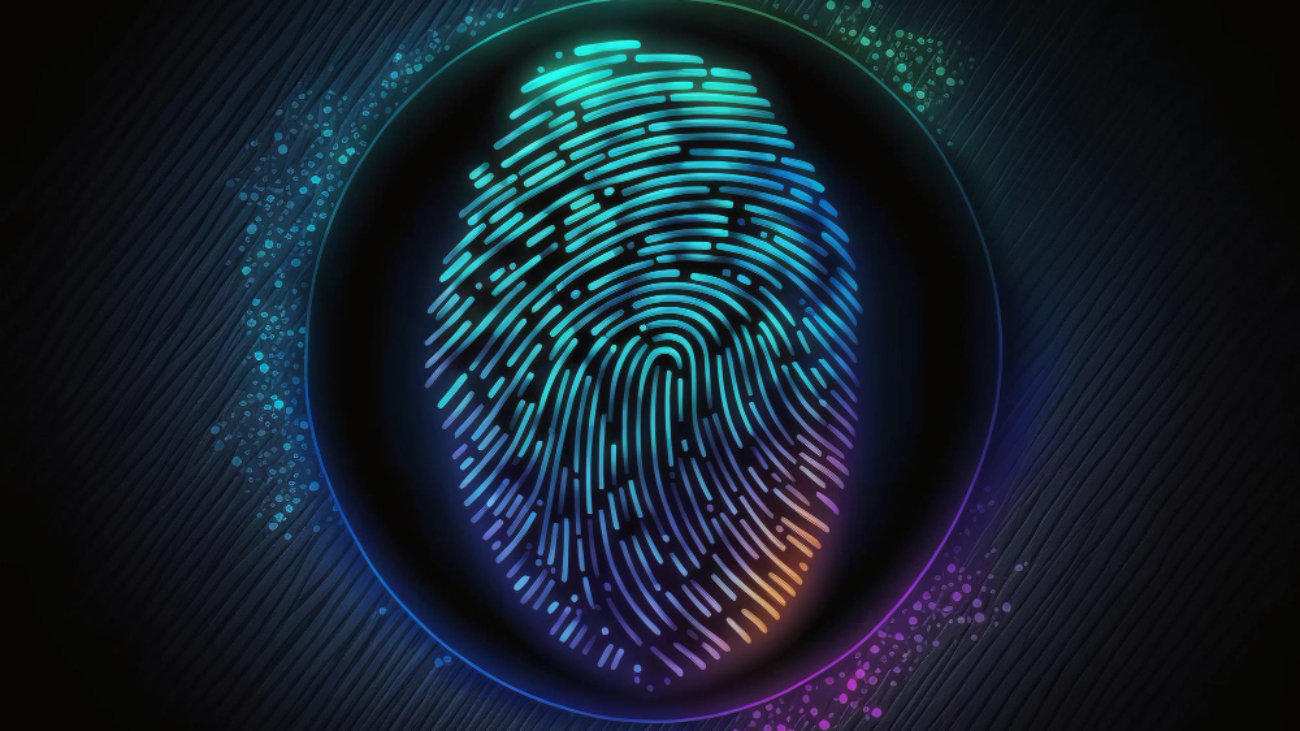There are several factors you need to consider while choosing a FAP 30 fingerprint reader outlined Bahaa Abdul Hadi.
Fingerprint Acquisition Profile (FAP) is a standard developed by the National Institute of Standards and Technology (NIST) to define the requirements for acquiring high-quality fingerprints. The FAP standard includes guidelines for capturing fingerprints using various methods. This can include live scan, ink-roll, as well as guidelines for image quality, resolution, & file format.
The FAP standard ensures that fingerprints captured by different devices are comparable and can be used for identification and verification purposes. Adopting FAP standards also enables interoperability between different systems and devices, allowing for the efficient exchange of fingerprint data between agencies and organizations.
The global fingerprint reader market
The global fingerprint reader market will grow rapidly in the coming years. According to a report by MarketsandMarkets, the global fingerprint sensor market is expected to grow. The market stood at USD 3.5 billion in 2020 and will reach USD 9.5 billion by 2025, at a CAGR of 22.2% during the forecast period. The increasing demand for fingerprint sensors in smartphones & other mobile devices is driving this growth. Additionally, the rising focus on security and the increasing adoption of biometric technology in various industries is also expected to fuel the growth of the fingerprint reader market.
Knowing FAP 30 fingerprint devices in detail
FAP 30 fingerprint devices are fingerprint scanners that are compliant with the Fingerprint Acquisition Profile (FAP) 30 standard established by the National Institute of Standards and Technology (NIST). The FAP 30 standard defines the technical requirements for capturing high-quality fingerprints, including image quality, resolution, and file format. These devices help to capture fingerprints for identification, and verification purposes. They can help in various settings such as border control, law enforcement, and prison security. These devices are efficient, accurate, and easy to use.
FAP 30 devices are more advanced and efficient than FAP 20 devices. These devices include more specifications and guidelines and can capture and compress high-quality fingerprint images. This can be useful for a wider range of applications.
Choosing a FAP 30 fingerprint device
The main factors to consider before purchasing a FAP 30 device are as follows:
- Sensor variety – A fingerprint device can have a capacitive or an optical sensor. Optical sensors are more affordable while capacitive sensors are more sensitive and expensive.
- Low maintenance cost – A FAP 30 device should have robust exterior housing to go through heavy use. The sensor must be scratch-proof and work properly even in direct sunlight.
- Durability – The device should have a tight bond and not break easily from daily use. The sensor should work properly in direct sunlight consistently.
- Security – The device should not store or share fingerprint data. It should be compliant with the PIV-071006 specifications.
- Cost-efficient – The scanner must have a reasonable price, given the value it is providing.
- Free Software Development Kit (SDK) – To run the scanner on different platforms, you’ll require an SDK. Keep in mind that not all sellers provide a complementary SDK.
Thank you for your interest in Bahaa Abdul Hadi blogs. For more information, please stay tuned to www.bahaaabdulhadi.com







